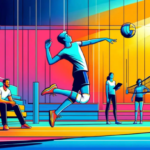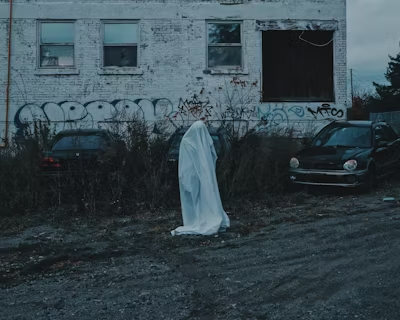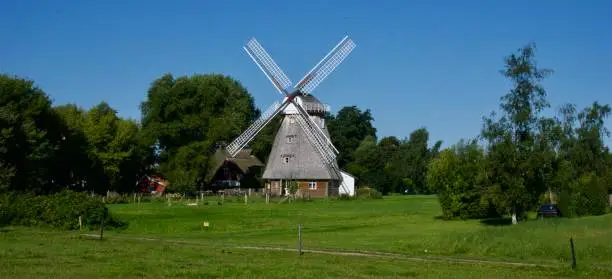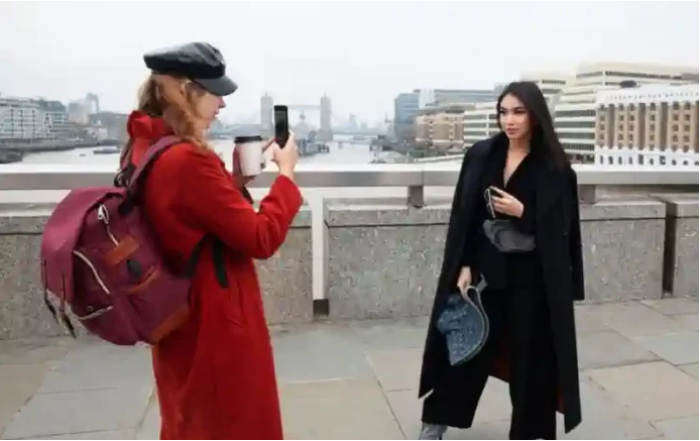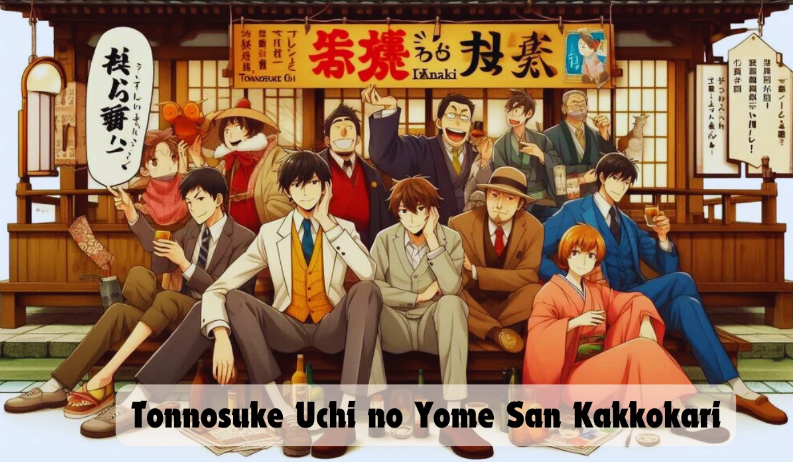In the realm of horror, a genre often dominated by male figures and typical tropes, a remarkable shift has been unfolding. Women of horror are emerging as strong, complex, and pivotal characters, both in front of and behind the camera. From fierce final girls battling iconic monsters to groundbreaking female filmmakers directing chilling masterpieces, women in horror are now central to its evolution. The genre is not only defined by fear but by the stories of resilience, power, and complexity that these women bring to the screen.
Horror, as a genre, thrives on pushing boundaries—emotionally, visually, and narratively. And the women who have fought for their place in horror history are no strangers to these challenges. This article dives deep into the contribution of women in horror, from their roles as characters to their work as filmmakers and visionaries.
The Powerful Presence of Women in Horror Films
For decades, horror films portrayed women in simplistic and sometimes problematic ways. They were often cast as helpless victims, objects of desire, or tools to further the hero’s journey. However, this pattern began to break as filmmakers introduced more dynamic female characters into horror, crafting roles that gave women more agency and complexity. The “Final Girl” trope, for instance, marks a significant shift where women transition from passive victims to empowered survivors.
From characters like Laurie Strode in Halloween to Ellen Ripley in Alien, these women have come to embody the spirit of resilience and defiance in horror. They are survivors, not just of the monsters on screen but of the limitations placed upon them by society. Their roles signal a growing recognition that women in horror are far more than screams—they are warriors in their own right.
Iconic Women of Horror: Characters Who Changed the Genre
Some female characters have defined and redefined horror by embracing its terrors head-on. These women stand as symbols of strength and vulnerability, shaping the way audiences perceive both horror and femininity.
Ellen Ripley (Alien Series)
Sigourney Weaver’s portrayal of Ellen Ripley changed the game in the horror-sci-fi crossover genre. Ripley was not only a commanding presence but a character whose intelligence, leadership, and bravery redefined female roles in traditionally male-dominated narratives. Her survival against the deadly Xenomorph in Alien marked a revolutionary moment where a woman was both the hero and the heart of the story.
Laurie Strode (Halloween)
Jamie Lee Curtis brought Laurie Strode to life as the quintessential “Final Girl.” Her courage, resilience, and quick thinking became an archetype for female survivors in horror. Laurie’s battle against the masked killer, Michael Myers, set the standard for the balance between fear and fight—where women are no longer just running away from terror, but actively confronting it.
Carrie White (Carrie)
Sissy Spacek’s portrayal of Stephen King’s tragic character Carrie White gave horror one of its most complex female figures. Carrie, a shy, bullied girl with telekinetic powers, challenges the boundaries of villain and victim. Her final act of destruction stands as a symbol of repressed rage, female empowerment, and the deadly consequences of isolation and mistreatment.
Samara Morgan (The Ring)
One of the most chilling female villains of modern horror, Samara from The Ring reinvigorated the genre with her haunting presence. A spirit wronged in life, Samara’s curse—delivered through a mysterious videotape—transformed her into an unforgettable figure of vengeance, one who encapsulates the genre’s deep psychological horrors.
Women as Horror Villains: Subverting the Genre’s Expectations
In addition to iconic survivors and heroines, female villains in horror challenge traditional gender expectations. Women are often expected to be nurturers, not destroyers, but horror flips this expectation on its head by presenting us with women who revel in terror.
Annie Wilkes (Misery)
Kathy Bates’ Oscar-winning portrayal of Annie Wilkes is a masterclass in psychological horror. Annie, the obsessed fan of an author she holds captive, exhibits a chilling blend of affection and violence. Her unpredictability and maternalism contrast sharply with the gruesome lengths she goes to keep her prisoner in check, making her one of the most terrifying figures in horror.
Asami Yamazaki (Audition)
Takashi Miike’s Audition gave us Asami, a soft-spoken woman who lures her victim in before revealing her sadistic, deadly nature. Asami’s transformation from demure love interest to horrifying torturer demonstrates the duality that horror often explores in female villains: beauty, grace, and terror.
Women Horror Directors: Crafting Fear from Behind the Camera
While women have long been the faces of horror, they are also rising as the minds behind the scares. Female directors are challenging the genre’s conventions, offering fresh perspectives and subverting long-held tropes.
Jennifer Kent (The Babadook)
Jennifer Kent’s The Babadook emerged as a modern classic, focusing on themes of grief, motherhood, and mental illness. Kent’s film subverts traditional horror by using the supernatural as a metaphor for emotional trauma. Her direction showcases how women in horror can reshape the genre to reflect deeper psychological and social issues, making the story just as much about the internal horrors as the external ones.
Karyn Kusama (The Invitation)
Karyn Kusama has proven her ability to blend psychological horror with suspense, crafting deeply unsettling films like The Invitation and Jennifer’s Body. Her work challenges the idea of what horror can be—less about jump scares and more about creeping dread. Kusama’s films often focus on interpersonal relationships and the ways in which everyday interactions can become terrifying.
Ana Lily Amirpour (A Girl Walks Home Alone at Night)
Amirpour’s A Girl Walks Home Alone at Night is a genre-bending masterpiece—a horror-western set in a fictional Iranian town. The film’s protagonist, a female vampire, serves as both predator and protector, flipping the script on traditional gender dynamics in horror. Amirpour’s direction brings a fresh, unique voice to the genre, blending horror with striking visuals and social commentary.
The Future of Women in Horror: Breaking New Ground
The future of horror is increasingly female.
The Rise of Women-Led Horror Productions
Women are increasingly taking control behind the scenes, with more female-led horror productions emerging.
Horror allows these stories to be told in extreme, unflinching ways, resonating deeply with audiences.
Women of Horror: Celebrating Their Enduring Legacy
As the genre continues to evolve, one thing is certain: the women of horror are here to stay.
FAQs
What is the “Final Girl” trope in horror films?
She is typically the survivor, often more resourceful and virtuous than her counterparts.
Who are some iconic women in horror films?
Characters like Ellen Ripley from Alien, Laurie Strode from Halloween, and Carrie White from Carrie are some of the most iconic women in horror, known for their strength, resilience, and complexity.
Why are women important in horror?
Women bring unique perspectives to horror, whether as survivors, villains, or creators.
How have female characters in horror changed over time?
Female characters in horror have evolved from being passive victims to becoming strong, complex protagonists. They now represent a broader range

